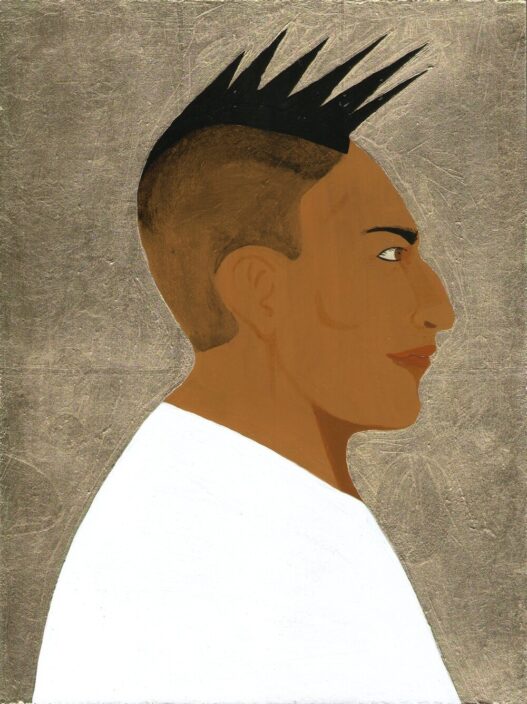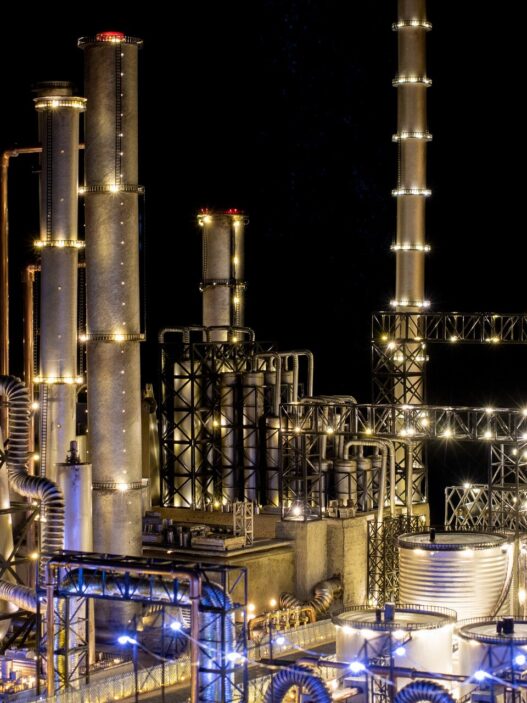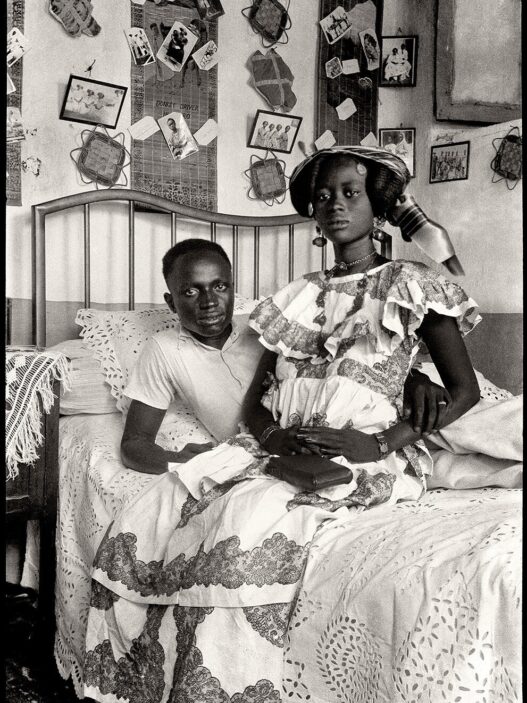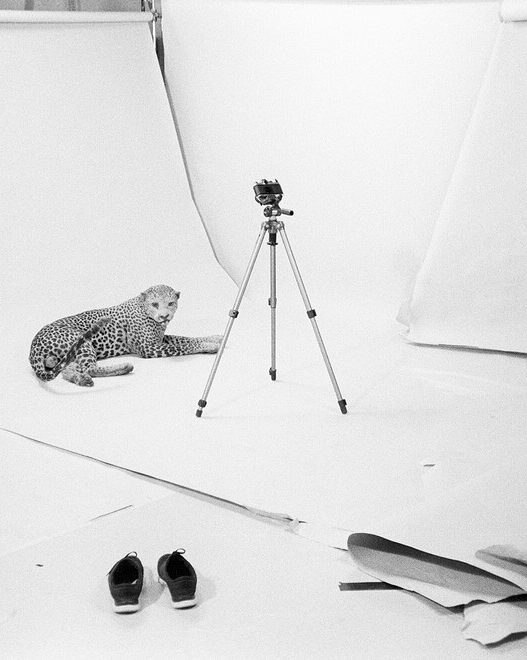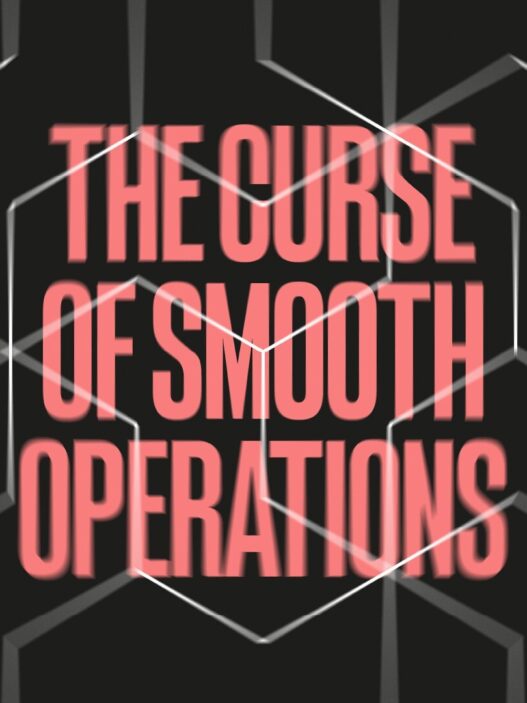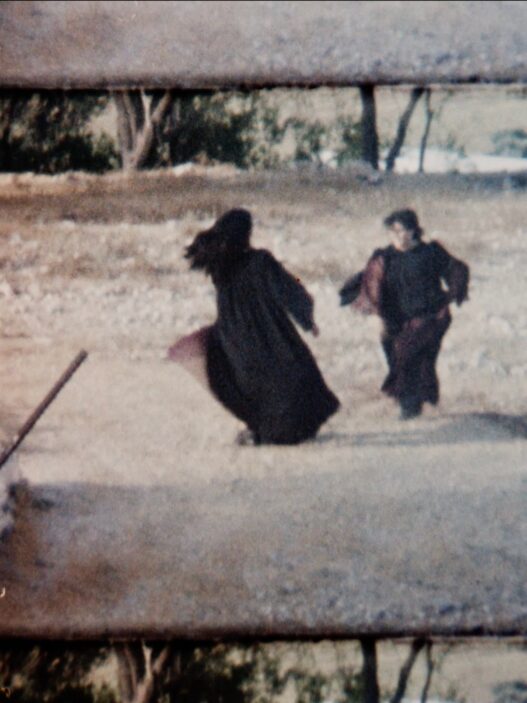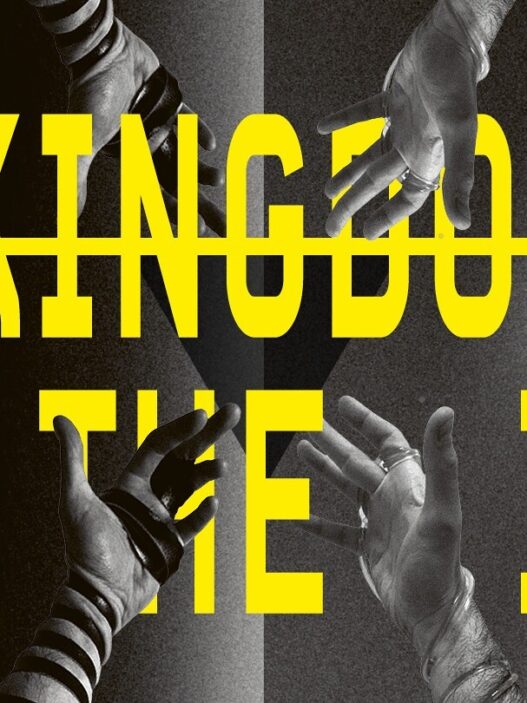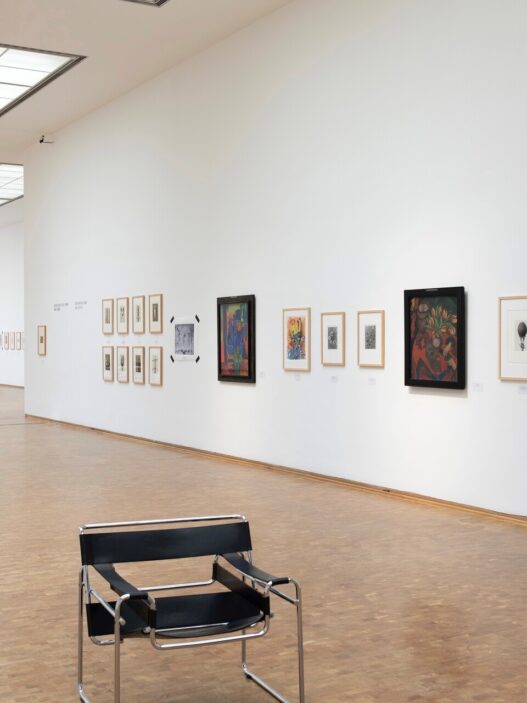September 25–October 30, 2022
For his sculptures, such as his massive humanoid clay ovens, Gabriel Chaile uses straightforward, symbolic materials, endowing them with a potent spiritual aura. Chaile explains, “In addition to academic education, I was influenced by religious education, and the idea of the “miraculous,” to demand much more from materials than they can offer. My work is also related to the resistance and Peronist history of my family, their struggle, the magical aspect of the miraculous and the environment of poverty. That is why I return to the primitive forms of indigenous morphology.”
With Afro, Arab, and indigenous ancestry, Chaile was born in San Miguel de Tucumán, Argentina. His approach was informed by the pre-Columbian archaeological pottery of his region, which he relates to imagery of world art history. Chaile investigates what he calls the “genealogy of form,” a historical perspective on forms that have persisted to the present and are symbolic for resistance, such as clay pots and ovens, and draws inspiration from the lives of people in impoverished urban communities in South America who are burdened by a lack of knowledge about their indigenous cultural background. Another recurring theme in Chaile’s work is what he refers to as “the engineering of necessity,” or the idea of making things out of necessity that appear in precarious situations in order to help people and raise awareness, regardless of how they are finished aesthetically.
Where are These Forms’ Heirs, please? Gabriel Chaile uses hairstyles that societies over time use as a form of identity to portray the tale of hair. He can see in his own hair the effects of the miscegenation process that took place following the Spanish colonization of America thanks to his Afro-Arab and indigenous ancestors.
The centerpiece of the exhibition is a new sculpture self-portrait featuring Chaile’s hair in the front and the shapes of native ceramics from North-West Argentina in the back. The Venus of Willendorf, an Austrian figurine from 25.000 before Christ and one of the earliest known sculptures in history, is one of the first known examples of hair sculpture. The clay sculpture is in danger from an invading insect or a hanging plow that resembles a comb. The artist has interpreted historical representations of hair in various civilizations in a new set of drawings. They round the main sculpture like a code or a score.
Gabriel Chaile (b. 1985) lives in Buenos Aires and Lisbon. In 2022, Gabriel Chaile participated in the 59th Venice Biennale. His work has also been exhibited at the Gherdëina Biennial; Bienal de Arte Contemporânea de Coimbra, Coimbra; 5th New Museum Triennial, New York; Museum of Modern Art of Buenos Aires (MAMBA); Art Basel Cities: Buenos Aires; Centro Cultural San Pablo T, Tucumán; Centro Cultural Recoleta, Buenos Aires; National Fund of Arts, Buenos Aires; Centro Cultural Borges, Buenos Aires.
Curator: Heidi Ballet.
DE SINGEL
Desguinlei 25
2018 Antwerp
Belgium









